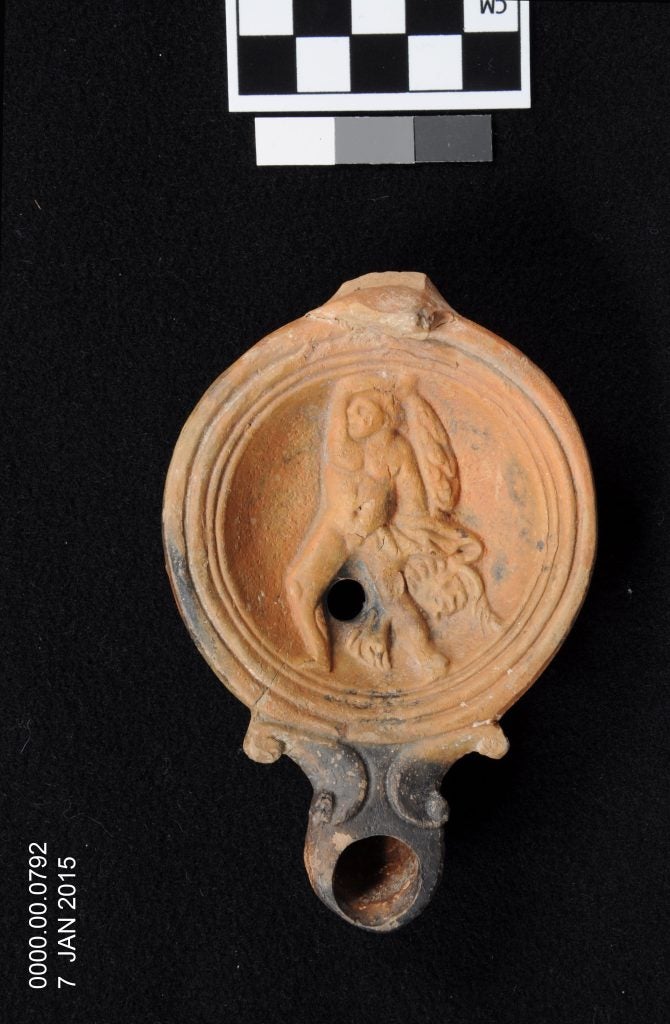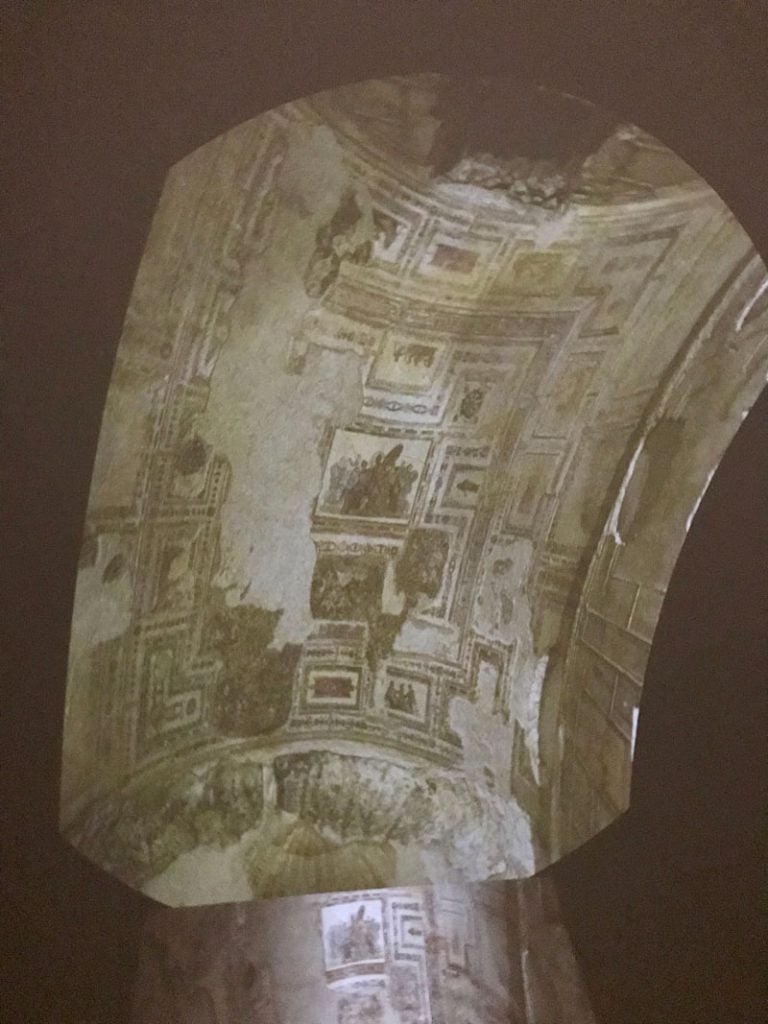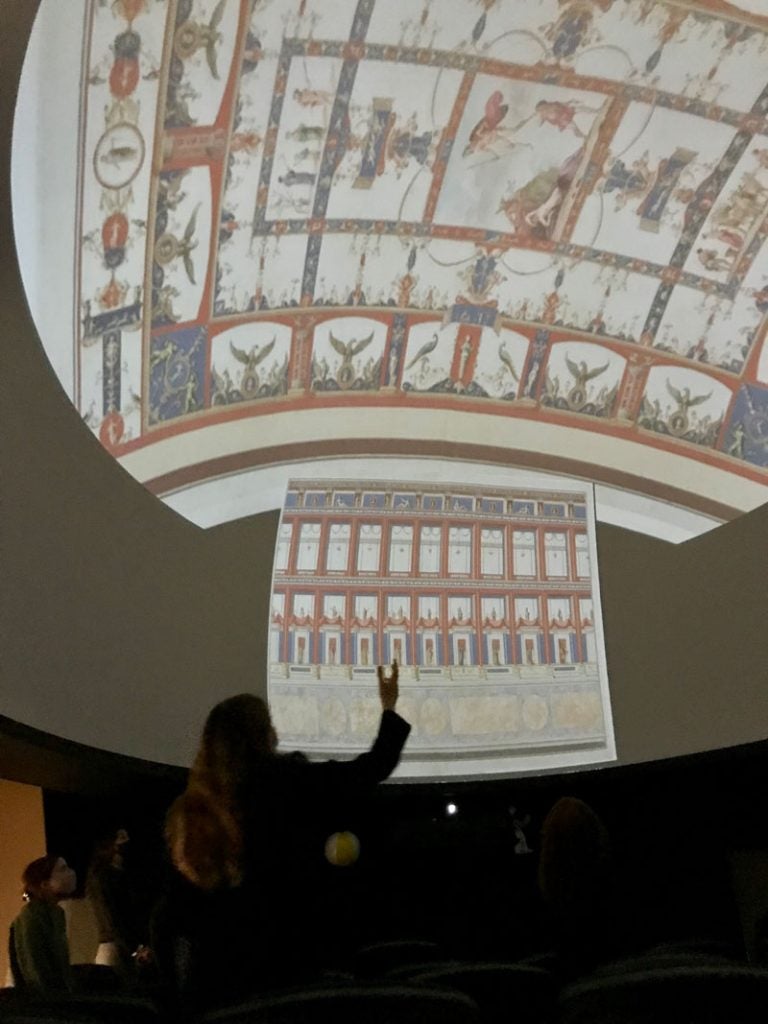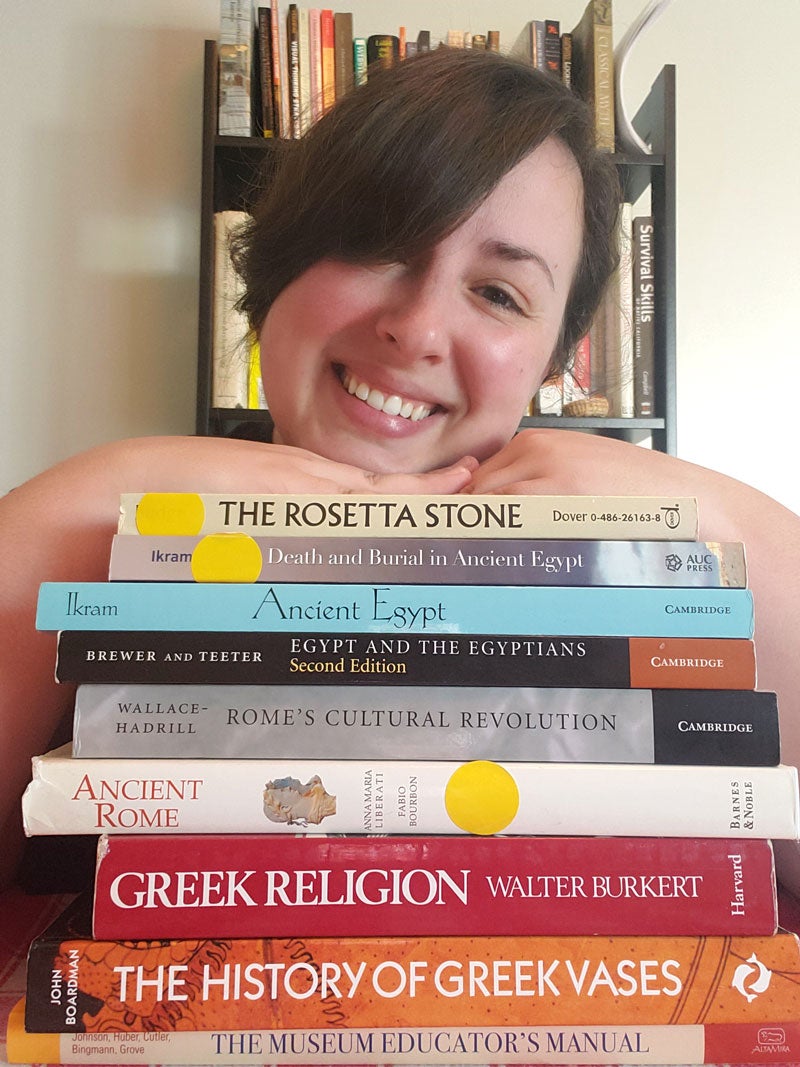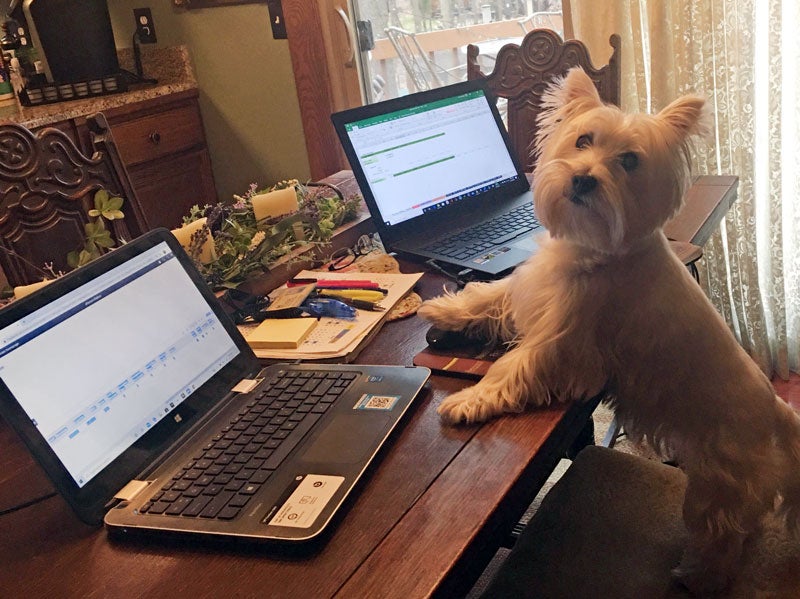El-Kurru Presentations and a Visit to Ann Arbor – An Interview with Anwar Mahjoub
By Bailey Franzoi, IPCAA Student
Back in January, many Kelsey Museum faculty and staff and IPCAA students traveled to New Orleans for the 2023 Annual Meeting of the Archaeological Institute of America. We caught up with Anwar Mahjoub, from El-Kurru, Sudan, who visited the United States for the first time to present his work with the El-Kurru Community Heritage Center, which he and Kelsey Research Scientist Dr. Geoff Emberling have been developing since 2016. After the conference, Anwar visited Ann Arbor and the Kelsey Museum of Archaeology.
How was your journey to the United States? What did it feel like to be here after so many years working with the University of Michigan?
It was a wonderful journey. The team I’ve been working with for a long time is from the University of Michigan, so I’ve heard about the Kelsey Museum and watched online lectures from that place. These helped me to imagine what the Museum would be like, but then I saw it in reality, and it was entirely different. I enjoyed my time visiting the Kelsey galleries and the bioarchaeology lab. It’s also interesting for me to see animal bones which were taken from Jebel Barkal [a U of M excavation in Sudan close to El-Kurru] to be sorted and identified in the laboratory.
Do you have a favorite object in the galleries?
Definitely the painted sarcophagus [of Djehutymose]! It’s interesting for me because I’ve been learning Egyptian hieroglyphs, and I was able to read some of the texts painted on the inside of the coffin.
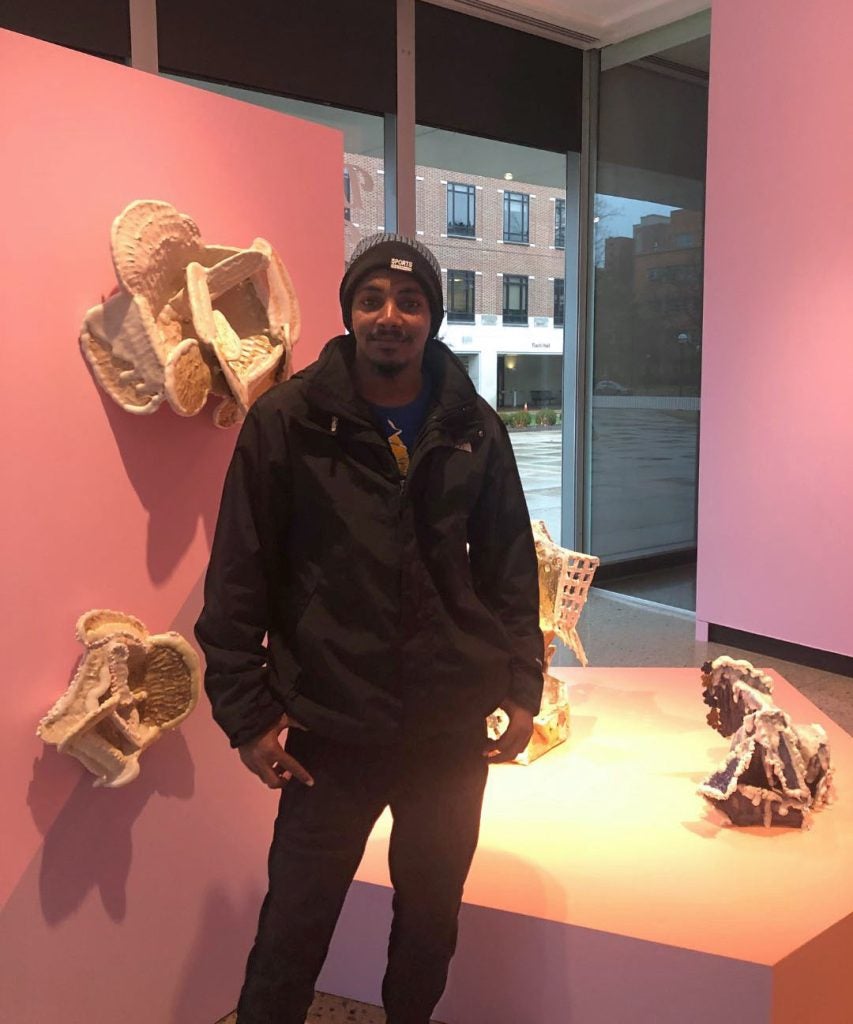
How was the experience of presenting at the AIA? How was New Orleans?
I presented in August at the International Conference for Nubian Studies in Warsaw, which was my first time traveling outside Sudan. There, the focus was on Nubian archaeology, but AIA was focused on Roman and Greek archaeology, which I don’t know much about, but enjoyed hearing and learning. I was glad to be in the first session and representing my community [of El-Kurru].
New Orleans was very interesting. Part of it feels like a busy city with modern skyscrapers, but the other part was lively, with people partying and playing drums and cheering! There was a spirit of fun, and it felt like more of a friendly place than anywhere else I’ve visited in Europe or the US. Our Uber driver was even telling us stories about his family in Chad. I also really liked the food—jambalaya felt like a familiar dish from home.
For those who didn’t attend your paper, could you give a brief summary of it?
I co-presented a paper titled “Decolonizing Archaeological Practice at Kushite Sites in Sudan.” Basically, the main point was that local communities ought to be full participants in archaeological projects in almost all stages of the project. Not only should archaeological projects hire local workers at a fair wage, but they should also include the local community in the discussion of what they want to know and learn about the archaeological site. The local community members need to be able to draw their own conclusions, not just academics who have perspectives based on readings of scholarly texts. Communities should also be able to benefit financially from archaeology. For example, in our case, the El-Kurru Community Heritage Center’s revenues will go back to the community in order to best serve it and help out in emergencies. This is all based on the experiences my community and I had working with the International El-Kurru Archaeological Project starting in 2013.
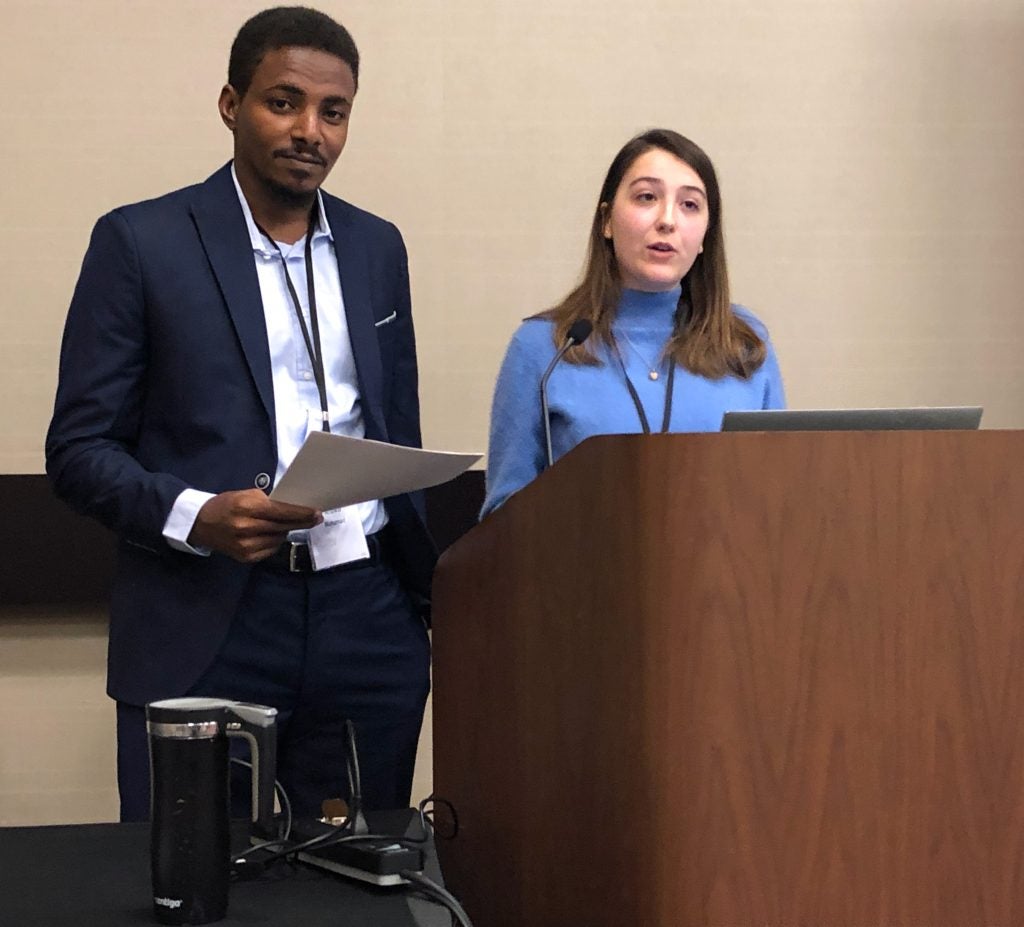
Thank you so much, Anwar, and we hope to see you back in Michigan soon!
El-Kurru Presentations and a Visit to Ann Arbor – An Interview with Anwar Mahjoub Read More »


